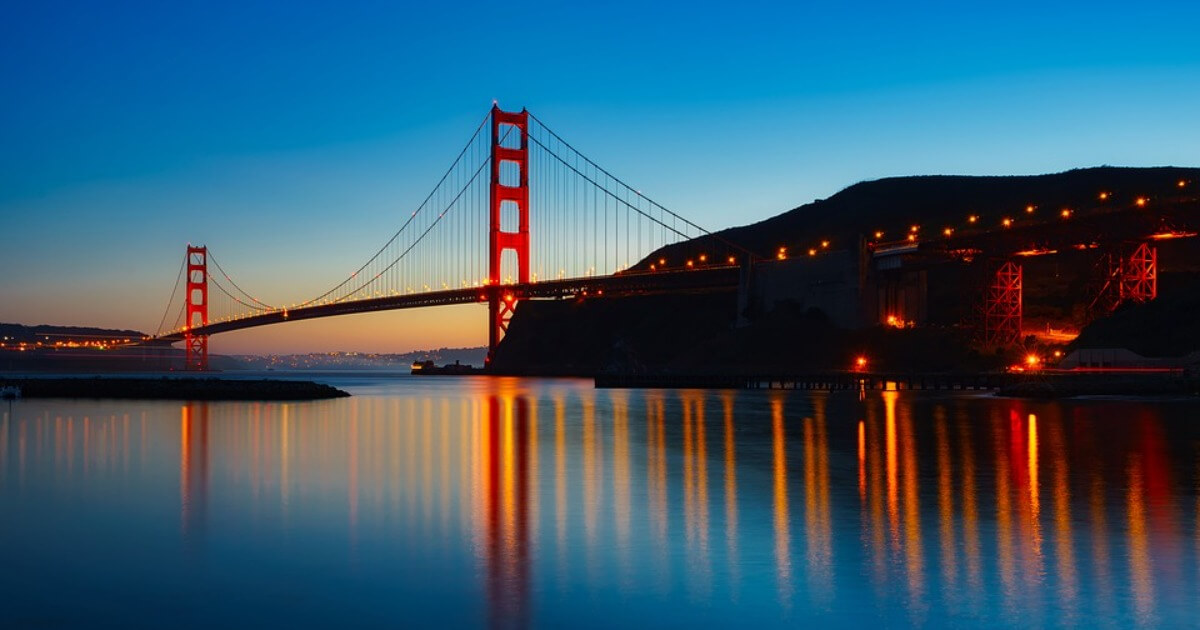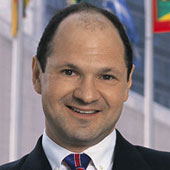Inequality à la San Francisco: A Warning for America’s Future
Karl Marx and the dark side of the tech revolution
May 27, 2021

It was almost two centuries ago that Karl Marx stated that the wealth of nations is controlled by those who own the means of production.
His analysis remains true today. However, the means of production in contemporary times are increasingly related to digital technologies.
The takeover of the tech titans
The fact is that during the tech revolution of the past half century, the means of production became concentrated in very few hands. The economy was virtually taken over by tech titans who were also able to capture, in large part, the political system.
The city of San Francisco, to this day the capital of the global tech industry, shows what happens in such a system.
It also literally illustrates Marx’s thesis about the concentration of wealth and the impoverishment of the masses.
The tech revolution
The digital revolution has changed the world. This change has mostly been for the better. For example, during the Covid-19 pandemic of the past year, new technologies literally helped us to survive.
Without advances in digital technology, working and studying from home would have been impossible. So would the life-saving development and testing of vaccines in record time.
The dark side
But the tech revolution has a dark side too, as the example of San Francisco demonstrates all too vividly.
The city may not be the most expensive in the world, or even in the United States, in terms of living or property costs. Yet, it has emerged as a showcase for growing inequality between people involved in the tech industry and everyone else.
The San Francisco “model”
Compared to New York or Los Angeles, San Francisco is compact. Its population is under 900,000.
When newly rich Silicon Valley entrepreneurs began to move to the city in large numbers, they promptly drove the middle class out. The remaining residents were increasingly turned into an underclass, thanks to rising rents and the high cost of living.
Residents of newly built apartment buildings often pay between $20,000-30,000 a month in rent, for a three-bedroom apartment. The median price of a family home runs at around $1.6 million.
The pandemic effect
Even before the pandemic the city was filled with homeless men and women, openly defecating on the sidewalk by the front doors of the rich. The pandemic has cast this inequality into sharper relief.
The remaining working poor and the middle class residents of the city have lost incomes over the past year. Many, especially those working in the hard-hit service and tourism sectors, have been unable to meet their rent payments.
The exodus intensifies
The trend of an exodus of workers in non-tech industries from the city has intensified dramatically since the start of the pandemic. It now includes many middle-of-the-road and back office tech sector employees.
Meanwhile, tech entrepreneurs, the real owners of the means of production, have only become richer. The pandemic has made them even more indispensable to the economy.
Impact on public services
Services for the less fortunate in the city are deteriorating as the city becomes home to increasing numbers of the ultra-rich.
The City College of San Francisco, a community college that offers training to adults in a variety of useful professions, has lost 40% of its students since 2010.
It is facing faculty layoffs and cutbacks in classes. Meanwhile, public school enrollment fell by 5% over the past year alone.
A black swan event with precedent
The pandemic may be a black swan event. However, it fits into the boom-and-bust economic pattern that has prevailed in the U.S. economy over the past two decades.
And, what a surprise, each new recession makes the owners of the means of production richer. As it does a relatively small circle of people who service them, such as lawyers and financiers.
The rest of the country becomes poorer. That was what happened after the financial crisis of 2008-09. And even more so during the current pandemic.
Ballooning stimulus
In 2008, the Obama administration had provided a $831 billion stimulus to bring back jobs, revive the economy and help state and local governments. During the pandemic the stimulus needed to remedy the situation has been dramatically higher.
Under Donald Trump, the CARES package measured $2 trillion. This was followed by Joe Biden’s $1.9 trillion stimulus, with another $2 trillion in infrastructure investment currently in the works.
A band aid for a broken arm
This is an enormous patch for the broken U.S. economic system. But it is still no more than a band aid.
Unless the root cause – massive, gilded age-level economic inequality – is eliminated, the San Francisco “model” of wealth and poverty will only deepen and spread.
Populism, frustration and resentment
With growing inequality comes frustration and resentment. In recent years, these sentiments have given rise to populism and rebellion against the elites.
The rage is already spilling into the streets. Inequality was the ultimate root cause of the January 6 storming of U.S. Congress.
As those events demonstrated, the digital tech industry readily provides the wherewithal for the angry parts of society to band together and organize.
Conclusion
Marx predicted that capitalism would lead to the concentration of wealth in the hands of those who own the means of production and impoverishment and disenfranchisement of everyone else.
The New Deal in the United States and social democracy in Europe tempered the unbridled capitalism, allowing many to share in the wealth created by the economy.
Now the United States in particular will need once more to create an economy that works for entire society, not just the superrich few.
Takeaways
San Francisco, capital of the global tech industry, illustrates Marx’s thesis that the wealth of nations is controlled by those who own the means of production
San Francisco is filled with homeless people, openly defecating on the sidewalk by the front doors of the rich. The pandemic has cast this inequality into even sharper relief.
The exodus of workers in non-tech industries from San Francisco has increased dramatically during the pandemic.
Unless the root cause – massive economic inequality – is eliminated, the San Francisco “model” of wealth and poverty will only deepen.

